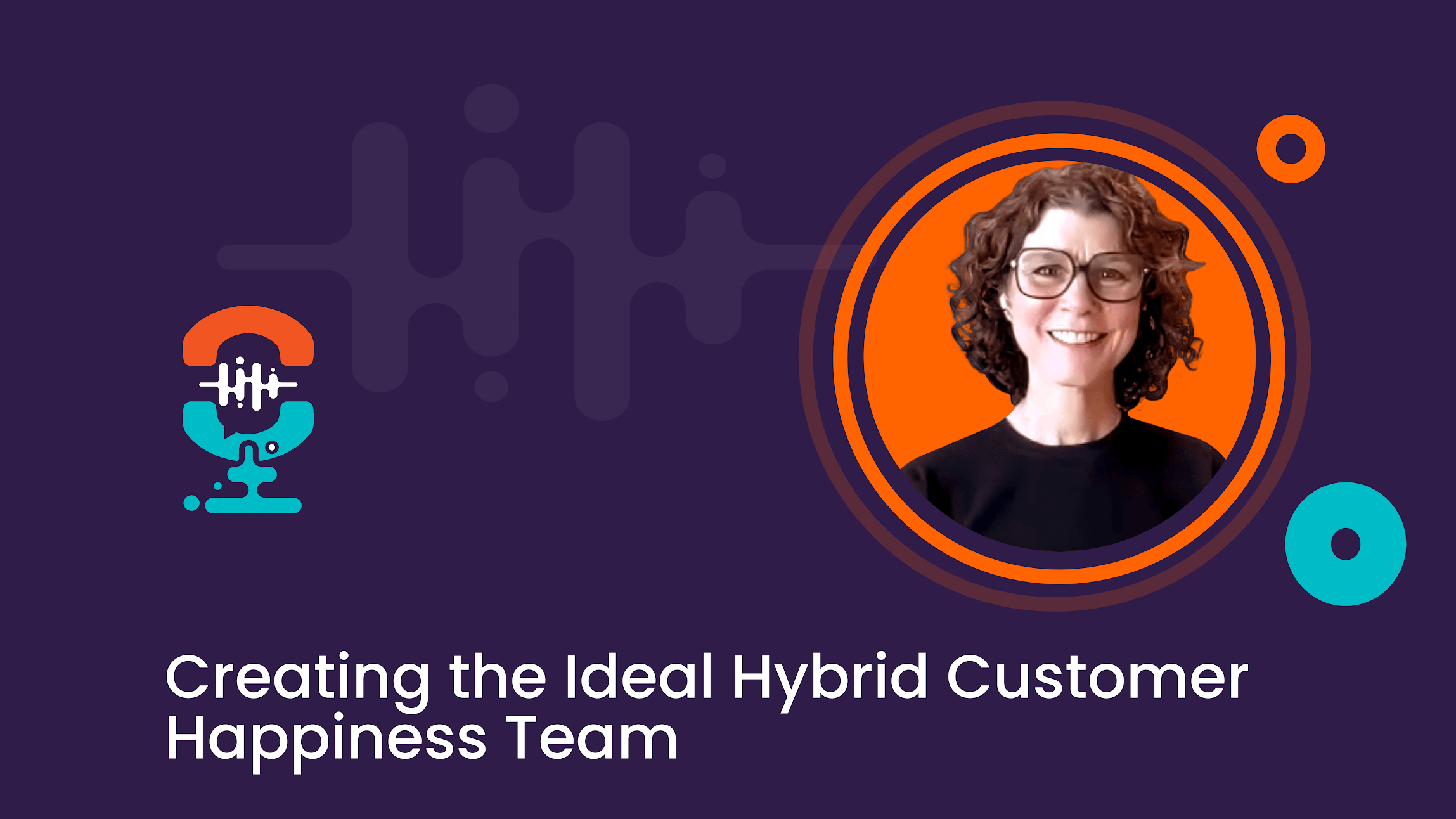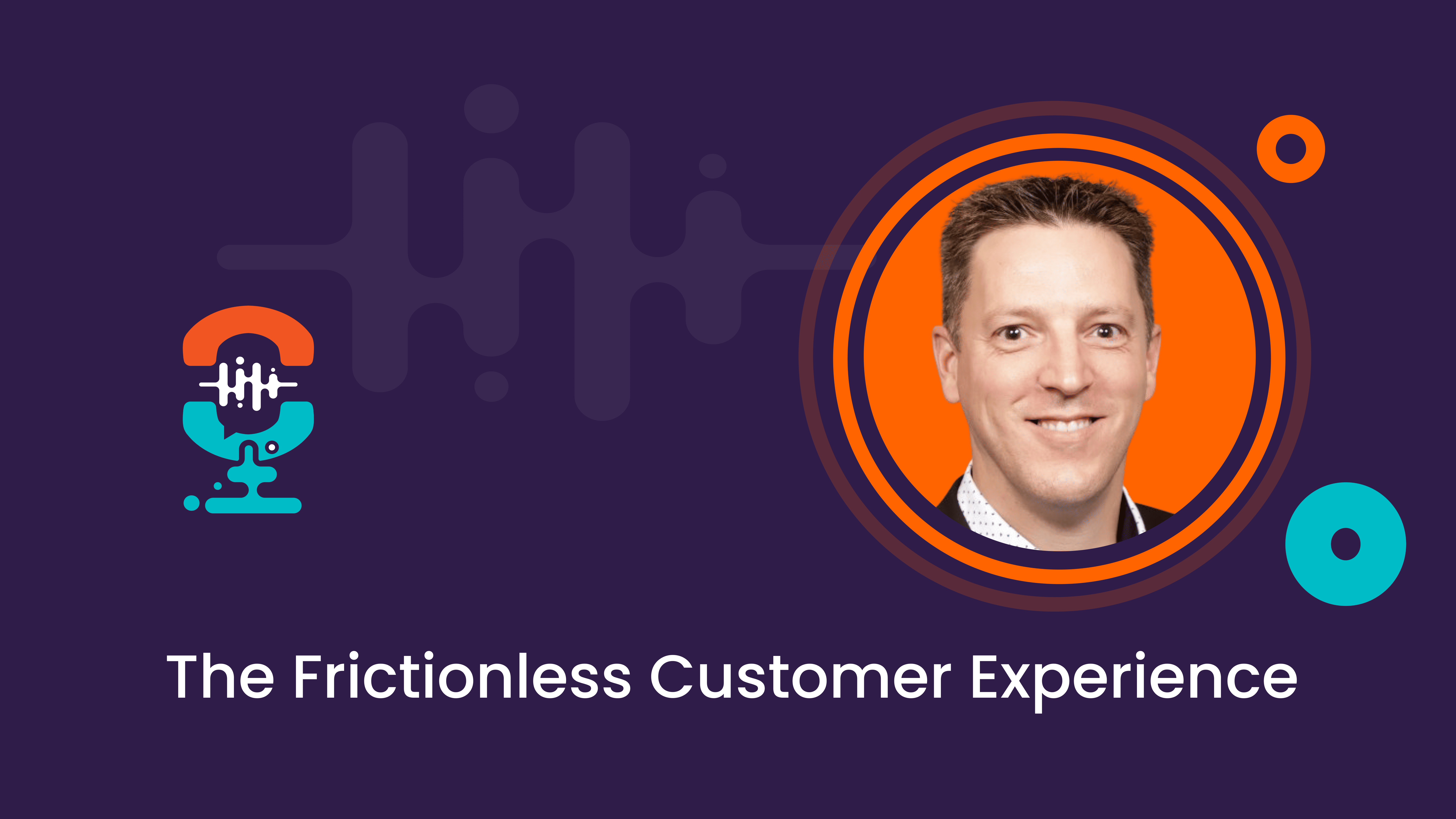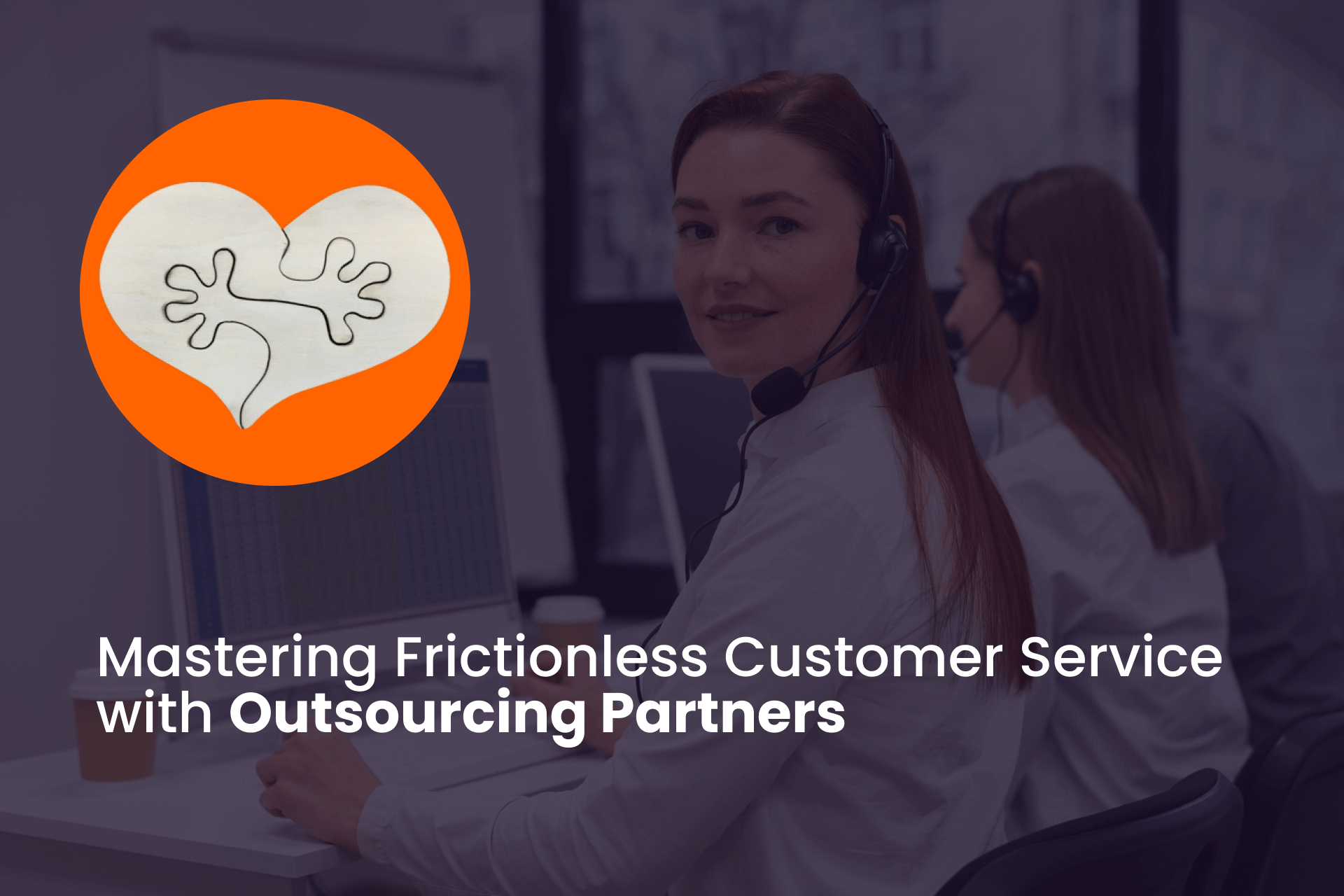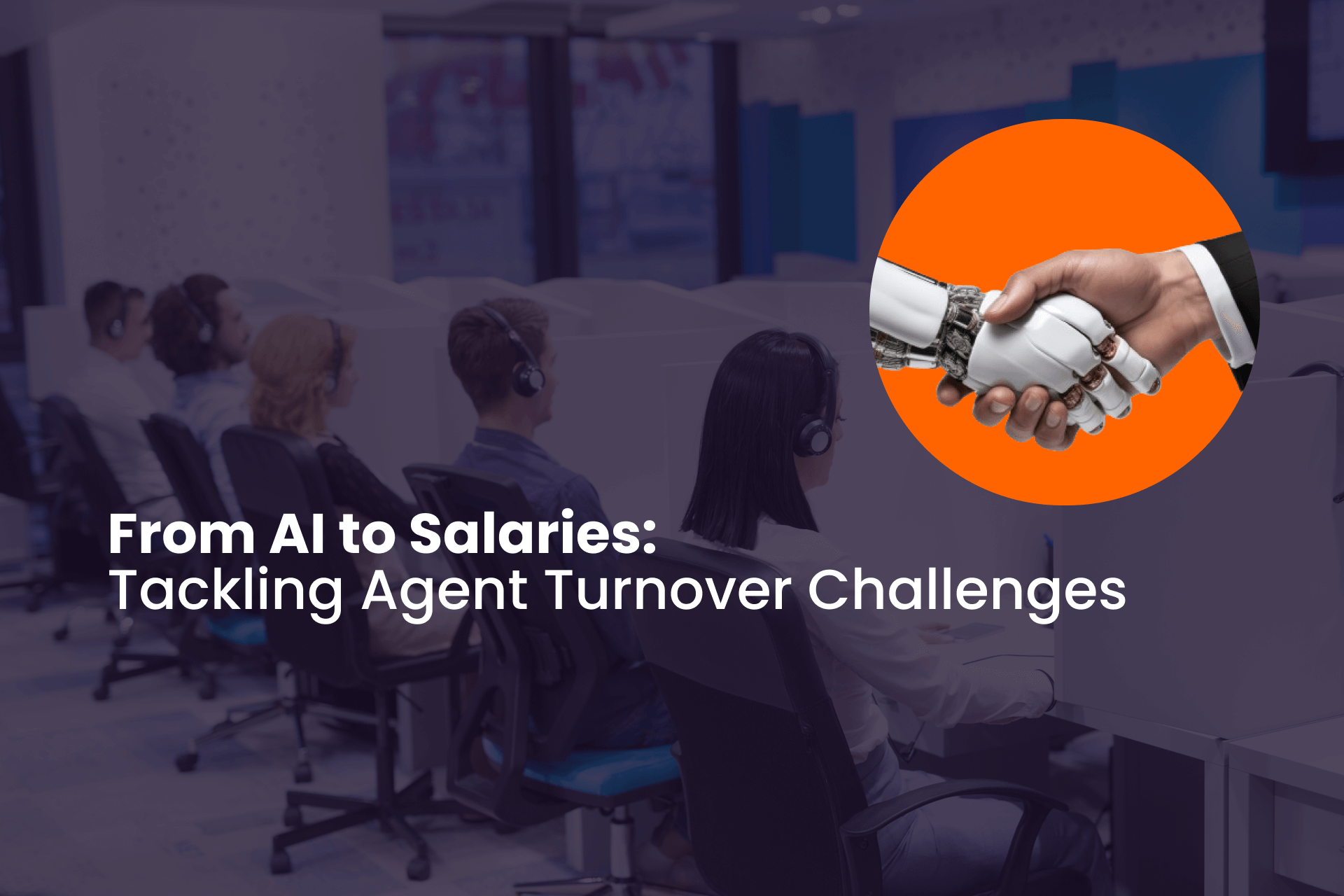Byline: This article is based on an interview with Gemma DePalma, the Chief Operating Officer (COO) of Foria Wellness, with a background in R&D, product development, supply chain, logistics, and customer experience.
Introduction
In today’s competitive business landscape, customer satisfaction is paramount to success. One crucial aspect of ensuring customer happiness is reducing agent turnover. Whether a company is small or large, the impact of agent turnover on overall growth cannot be underestimated. This article delves into the importance of managing agent turnover. It highlights key insights from a conversation with Gemma DePalma, CHief Custome officer at Foria, a company known for its unique and sensitive product model. By examining the challenges and opportunities associated with agent turnover, businesses can gain valuable insights into enhancing customer satisfaction and driving growth.
Key Takeaways:
- Containing agent turnover is crucial to the overall growth of a busines.
- Finding customer happiness agents with the right skill set, empathy, and problem-solving abilities is essential for excellent customer service.
- Training agents on product knowledge and company values is necessary to ensure customer satisfaction.
- Having long-term team members can increase customer engagement and allow for the exploration of new ways to surprise and delight customers.
- Improving customer happiness can involve sending merchandise as a surprise and delight strategy.
The Impact of Agent Turnover on Customer Happiness
Agent turnover is a significant factor in a business’s success, and Gemma DePalma emphasizes its importance by rating it a perfect ten. For companies like Foria, whose products require a specific skill set and empathetic nature, finding and training the right individuals is crucial. Gemma highlights the need for agents who are active listeners, solution-oriented and possess a deep understanding of the product and the company’s ecosystem. Businesses can ensure customers receive the best possible experience by investing time and effort in training agents.
Gemma’s experience at Foria showcases the benefits of long-term employee retention. With their customer happiness lead and part-time employees staying with the company for three and seven years, respectively, Foria has witnessed the growth and development of its team members. This longevity allows agents to explore new opportunities and engage with customers beyond simply answering their questions. Gemma mentions the concept of “surprise and delight,” where Foria aims to go above and beyond by sending merchandise as a pleasant surprise to customers. This approach not only enhances customer satisfaction but also strengthens brand loyalty.
The Challenges of Training and Retaining Agents
Training agents in a sensitive and unique product model can be a time-consuming process. Gemma highlights the importance of finding individuals with the right skill set and personality traits, such as empathy and solution-oriented thinking. However, even with the right candidates, training them on product knowledge and the company’s approach to customer satisfaction takes time and effort. This investment is necessary to ensure that agents can effectively address customer concerns and provide personalized solutions.
Moreover, the nature of Foria’s products requires agents to handle sensitive topics with care and professionalism, adding an additional layer of complexity to the training process. Gemma emphasizes that being faster is not necessarily better in their model. Instead, agents must focus on creating a welcoming and satisfying customer experience, ensuring they feel heard and understood. By investing in comprehensive training programs and ongoing support, businesses can equip their agents with the necessary skills to handle customer interactions effectively.
The Broader Implications of Agent Turnover
Agent turnover affects customer happiness and has broader implications for a business. High turnover rates can lead to increased recruitment and training costs and a loss of institutional knowledge. When agents leave, they take valuable insights and customer relationships that need to be rebuilt. This can result in a decline in customer satisfaction and loyalty, ultimately impacting the bottom line.
On the other hand, low turnover rates contribute to a more stable and experienced customer happiness team. Agents who have been with the company for an extended period develop a deep understanding of the product and the company’s values. This expertise allows them to provide customers with more personalized and effective solutions, enhancing their overall experience. Additionally, long-term employees can contribute to the growth and development of the team, exploring new ways to engage and surprise customers.
Enhancing Customer Satisfaction and Driving Growth
Reducing agent turnover is not only about retaining employees but also about creating a positive work environment. Gemma’s experience at Foria demonstrates the importance of nurturing and supporting agents, allowing them to grow within the company. By providing opportunities for career development and recognizing their contributions, businesses can foster a sense of loyalty and commitment among their customer happiness team.
Furthermore, exploring ways to surprise and delight customers can significantly impact customer satisfaction and loyalty. Gemma mentions sending merchandise as a pleasant surprise, surpassing the standard customer service experience. This approach creates a memorable interaction and strengthens the emotional connection between the customer and the brand. By continuously seeking ways to exceed customer expectations, businesses can differentiate themselves in the market and drive growth.
Conclusion
Reducing agent turnover is crucial for a business’s overall growth. Training agents in a sensitive and unique product model takes time and effort but is essential for customer satisfaction. Long-term employee retention allows for growth and development within the customer happiness team, leading to enhanced customer experiences. Businesses can create memorable interactions and foster brand loyalty by exploring opportunities to surprise and delight customers. Ultimately, investing in reducing agent turnover is an investment in the success and growth of the business.
 English
English










